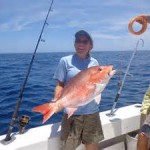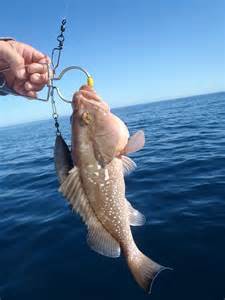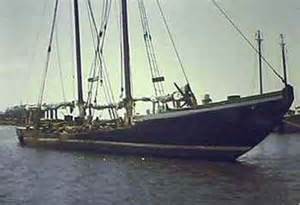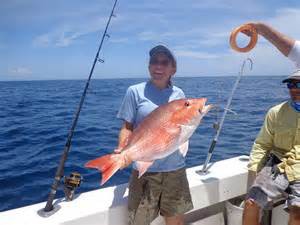
If shrimp are king of the shellfish industry, then red snapper are the king of the finfish world. It is arguably the most economically and ecologically important reef fish in the Gulf of Mexico. This fishery began in 1872 with four “snapper smacks” out of Pensacola. By 1890 the fleet had grown to 34 vessels and had extended to other panhandle ports as well as Mobile, AL. They fished local waters for the most part but began to harvest from Campeche MX, where the fish gets its scientific name Lutjanus campechanus. By 1910 the majority of the catch was coming from the Campeche Banks, but by the 1930’s the focus of the fishery was again in U.S. waters. By the mid 20th century a steady decrease in landings began to occur and today the fishery is considered overfished.
So what do we know about this “king of finfish”? Well, red snapper begin their lives like most fish, as planktonic larva. The larva first appear in northern Gulf around May and are found through November, with numbers peaking from July through September. Though they settle out from the plankton near hard structure, muddy bottom habitats appear to be very important as foraging grounds. Red snapper seem to stay close the hard structures they settle out near, though some movement does occur, particularly with snapper living deeper than 120 feet. They feed on zooplankton when they are young and move to a diet of small reef fish and crustaceans as adults; mantis shrimp are a particular favorite. Red snapper have been reported to live all most 50 years.
The problems with the fishery began in the mid 20th century. Though snapper were listed as overfished by the National Marine Fisheries Service their problems go beyond just overfishing. By-catch in shrimp trawls is a particular problem. Much research and money have been spent to solve this problem. Science has found that young snapper, typically caught in trawls, do not like bright light and experimental trawls with LED lighting have been tested; studies continue.
In 1976 the Magnuson-Stevens Fisheries Conservation and Management Act was passed. By 1984 the first size and bag limits were issued and by 1988 the fishery was officially listed as overfished. Success at increasing numbers with the size and bag limits was low due to the shrimping by-catch issue and because many were not surviving the catch and release methods being used to return undersized fish. Studies show that snapper captured at depth experienced pressure problems as they are reeled to the service. This drastic change in pressure caused their swim bladders to expand, or rupture, a process known as barotrauma. Undersized (or over limit) fish had to be released. Those experiencing barotrauma were not surviving. Their expanded swim bladders would cause some to float – typically called “floaters” – and they were easy targets for sharks and dolphins. Others may descend slowly or reach the bottom but are still under stress and, again, were easy targets. Others still survived the release only to have issues with growth and immune function. Several techniques are used by fishing to reduce barotrauma, such as venting, but their success is debated and is currently under study.

One of the many version of descending devices used by fishermen to return snapper to depth.
Photo: Florida Sea Grant
Despite management plans the fishery is still considered overfished. Solving the problem will require plans to deal with the by-catch and barotrauma issues but will also have to address the socio-economic issues of the management itself. Many families depend on this fishery for their livelihood and though a complete ban on the species for a period of time may be beneficial to the fish stock, it may not be practical. Researchers, fisheries managers, and others will continue to work on solving this problem and hopefully the “king of finfish” will be with us for a long time.
Posted: October 18, 2015
Category: Natural Resources, Wildlife
Tags: Month, National, Panhandle Outdoors, Seafood, Snapper



